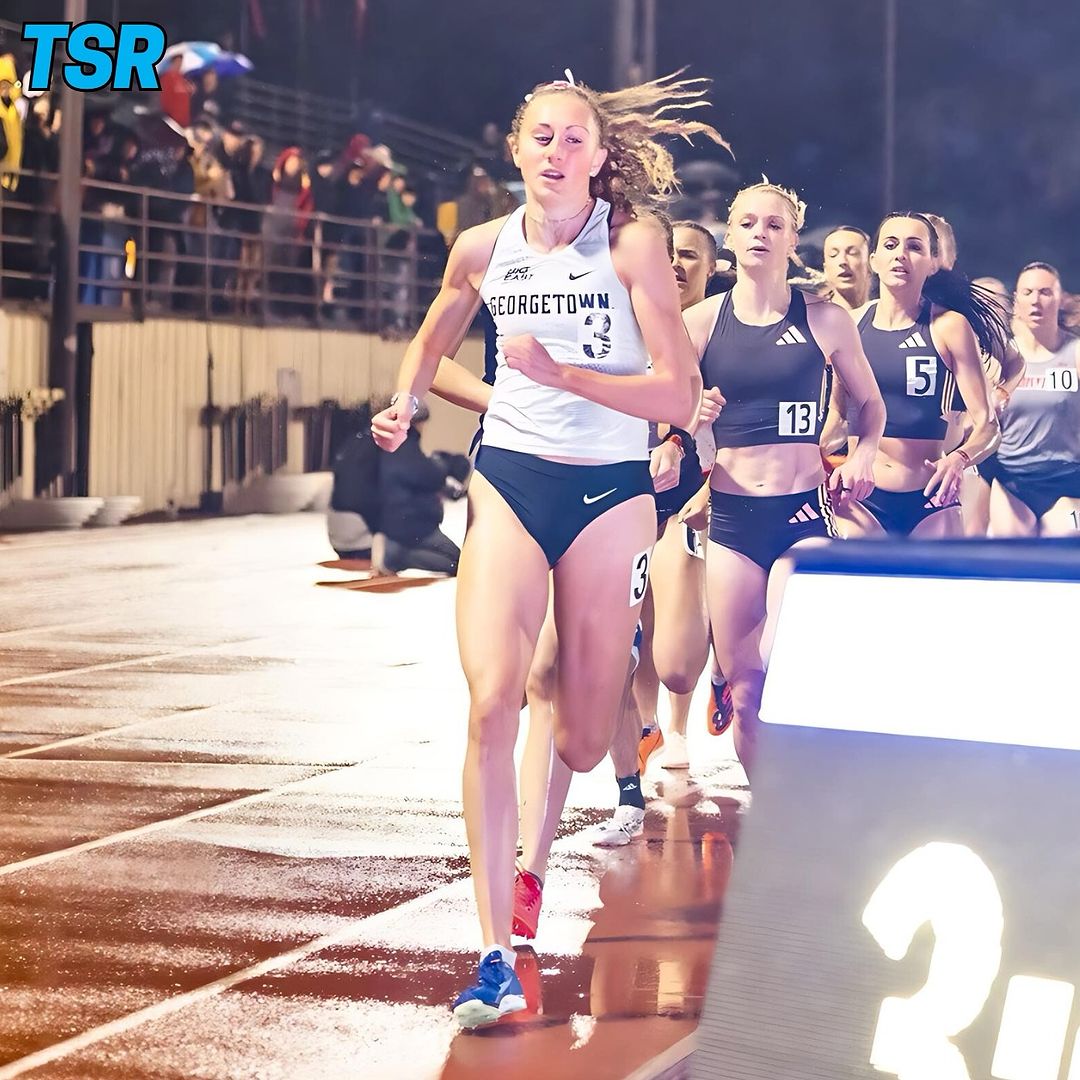In weighing the recent Harbin drug-related arrests, I’ve started to think about dumb people in sports, whose actions have similarly affected the public’s overall perception of their peers in a negative way, and have raised interesting questions.
The obvious example is the steroids era in baseball. Like the kids who thought it was a good idea to manufacture (or is it cook? Boil? Concoct?) DMT on Harbin 9, players like Mark McGwire, Jason Giambi, Rafael Palmeiro, Barry Bonds and Jim Parque seemingly thought they were invincible enough to juice up and not get caught. (Wait, why did freaking Jim Parque use steroids? Shouldn’t he be proof that they don’t necessarily make all the difference? Did he get his money back? I’m confused.)
But other guys like Rick Helling blew the whistle, Major League Baseball started to pay attention, the Mitchell Report happened, so on and so forth. You know, like when that kid decided it was cool to smoke synthetic weed outside of Harbin in the middle of the night, then got caught by DPS and he tipped them off about the DMT lab.
A problem with this comparison, of course, is that conservative estimates say that upwards of 40 percent of baseball players were juicing during the steroids era. I doubt four out of every 10 Georgetown students are making DMT in their dorm room or dealing drugs. If we substituted, say, backwards adjustable khaki hats/pastel-colored shorts with anchors or dogs or something on them, then 40 percent would be an appropriate guess.
Rather, it’s the subsequent gray area and speculation that followed the DMT arrests/the Mitchell Report that links what happened in Harbin and baseball’s steroid era.
I think anybody in their right mind assumes that the former Georgetown students trying to be Bill Nye the Psychedelic Science Guys are the extreme exceptions to the rule. The same goes for the student arrested last Tuesday for her involvement in possession of marijuana and intent to sell. Still, you can’t help but wonder: How reflective are these drug arrests of the overall drug culture at Georgetown?
Similarly, a number of baseball players were outed, one way or another, as performance-enhancing drug users. Everyone began to wonder just how much of Major League Baseball was using steroids – 50 percent? 80 percent? We’ll probably never know.
In both cases, isolated incidents raised larger, probably unsolvable issues about the respective organizations as a whole. Georgetown, recognized around the world as a prestigious institution with a good reputation, was naturally affected by negative press. What made matters worse was the university’s refusal to allow photographers near Harbin or to allow the major news outlets to get on campus.
Baseball, fondly referred to as America’s pastime, had managed to overcome an ugly labor dispute that resulted in the cancellation of the 1994 World Series; the steroids scandal stained the game with a black mark that will take decades to blur out – the inaction, and at times facilitation, of MLB higher-ups complicated things even more.
Both cases also lend themselves to the chain of indirect responsibility. Just how much blame should be placed on the commissioner’s office for not enacting stricter performance-enhancing drug policies? Should Georgetown admissions be held accountable for somehow failing to take into account character issues when evaluating applications? (They had to know the student arrested on Tuesday night was suspended in high school for drug issues, right? Just like people clearly knew McGwire kept amphetamines visible in his locker.)
I’m not saying MLB or admissions has been at all capable of getting to the absolute root of the problem. Just like baseball had no way of monitoring what checks individual players were writing to steroid suppliers, admissions officers have no way to gain a full character synopsis from a college application. It’s just impossible.
But when pertinent information is out in the open, shouldn’t something be done about it?
The steroid era is quickly fading in baseball’s rearview mirror and is a topic we are all sick of hearing about by now. Georgetown must have felt the same way in the years after the major drug bust in the 1980s. But as the automobile industry reminds us, “objects in mirror are closer than they appear.”
So when it comes down to it, if we think about drugs at Georgetown, we must ask the same question we asked about baseball: How much was the general culture (at American universities? on the East Coast? at Georgetown?) responsible for what happened? There is real belief out there that at its height, the steroid era ensnared more than half of Major League Baseball players. In Georgetown’s case, on the other hand, common sense tells us to think about the DMT lab like we think of a bad apple in an otherwise good bunch – a few dumb students did some dumb things, let’s move on.
But isn’t it hard not to wonder anyway?
Dave Finn is a senior in the College and a former sports editor at THE HOYA. COUCH TALK appears every third issue of HOYA SPORTS.








